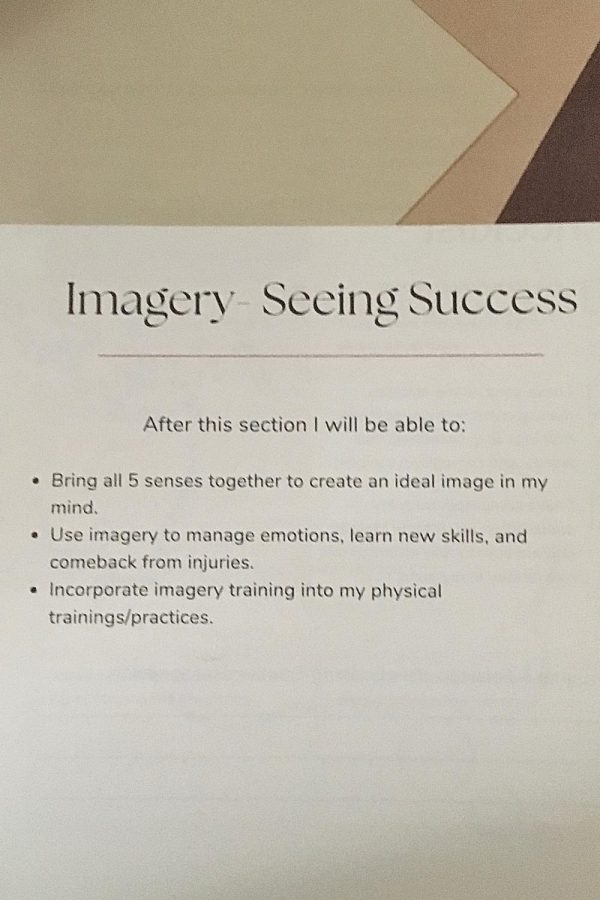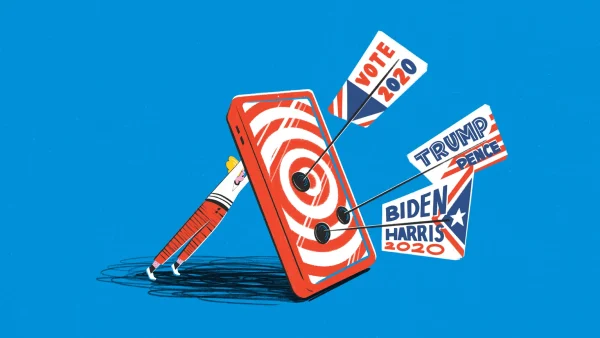Imagery healing: the realistic concept of mind over matter
I’ve never thought of the concept of ‘mind over matter’ as a very scientific theory. My take on life has always been more physically oriented than mentally. Being a gymnast, I try to lean much further into signals from my body and stay away from all of the inconsistencies in my mind.
[Seidler] has now been cancer free for well over a decade, and he claims that this is largely to do with visualizing his cancer away.
For these reasons, I was highly skeptical when I first heard about imagery healing. I had recently injured my knee during practice, and since it was the middle of meet season, I needed to get back to practicing as soon as possible. I was doing all the usual things: staying off it as much as possible, icing my knee at least twice a day, and doing multiple physical therapy exercises. These are all surface-level exercises that will help with the recovery process. However, they won’t necessarily speed it up.
Studies are showing that there is a much more mentally focused method you can use that might make the process of healing an injury much easier and faster. For decades, researchers have been studying how the mind influences healing in the body. The results almost always show one common theme: using imagery along with physical rehabilitation enhances the healing process and accelerates the recovery rate for many athletes.
Aside from speeding up the process of healing in the body, imagery can also have some even more interesting uses and outcomes. When used in certain scenarios, imagery has positive effects on pain reduction, stress, depression, and anxiety. Its uses in increasing recovery speed are not limited to injuries. Studies have been done that show how imagery has a major positive effect on patients’ many types of illnesses, including forms of cancer.
David Seidler, a British-American playwright, had a personal experience with the positive effects of imagery healing. In 2005, Seidler was diagnosed with bladder cancer. He has now been cancer free for well over a decade, and he claims that this is largely to do with visualizing his cancer away.
In an article on cnn.com about his experience suffering from cancer, Seidler said, “I spent hours visualizing a nice, cream-colored, unblemished bladder lining, and then I went in for the operation, and a week later, the doctor called me and his voice was very strange… He said, ‘I don’t know how to explain it, but there’s no cancer there.’”
The doctor who operated on Seidler was so confounded by the ordeal that he sent samples of Seidler’s tissue to four different labs, all of which confirmed Seidler was cancer free. The doctors couldn’t explain what happened, but they believe the combination of supplements to help his immune system and visualization led Seidler to what his doctor called a ‘spontaneous remission.’
The science behind the reason imagery healing works is almost as interesting as the many positive effects it has. When you visualize an action, the neurons in your brain are capable of interpreting the imagery as an equivalent to the same action in real life.
So, for example, if you visualize the injury healing—what it would feel like healed, and what would be happening inside of you (bones fusing, muscles relaxing, healthy cells being produced, etc.)—your brain interprets this as an action that has already happened. Because of this repetition, when your injury begins to heal, it will assume your body has already gone through the process and that it “knows what to do.”
As more studies are being performed and more people are learning about the uses and outcomes of imagery healing, a new age of science may be emerging. Because imagery healing is one “treatment” for an illness or an injury that is guaranteed to not have negative side effects, many people believe that it is a tactic that should be implemented in all treatment methods.
Between speeding up injury healing processes, relieving pain, reducing anxiety and depression, and even having positive effects on some major illnesses, imagery healing has the potential to change the medical world forever and improve thousands of lives along the way.

Evelyn is a sophomore entering her second year on The Central Trend. Outside of school, she enjoys reading and hanging out with her friends. Her other...






























































































